Authors:
Matthew Hesford, Esma Tuzovic, Anita Gu, Cille Schliebitz
Changed on:
2 Feb 2025
In this section the reader will learn about the Fluent domain model and the various entities that make it up.
Domain Model & Entities
Lets learn about each Domain
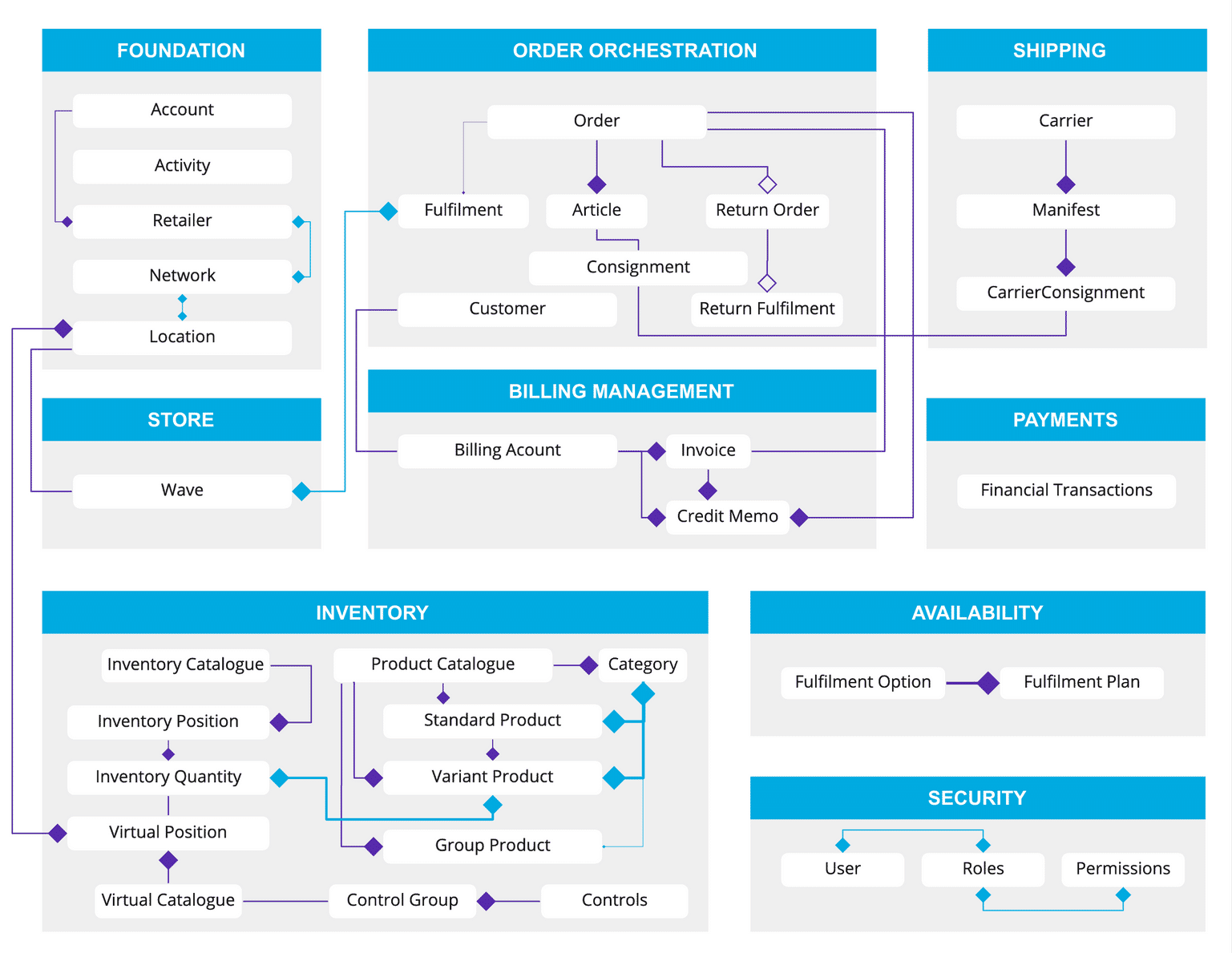
Order Orchestration
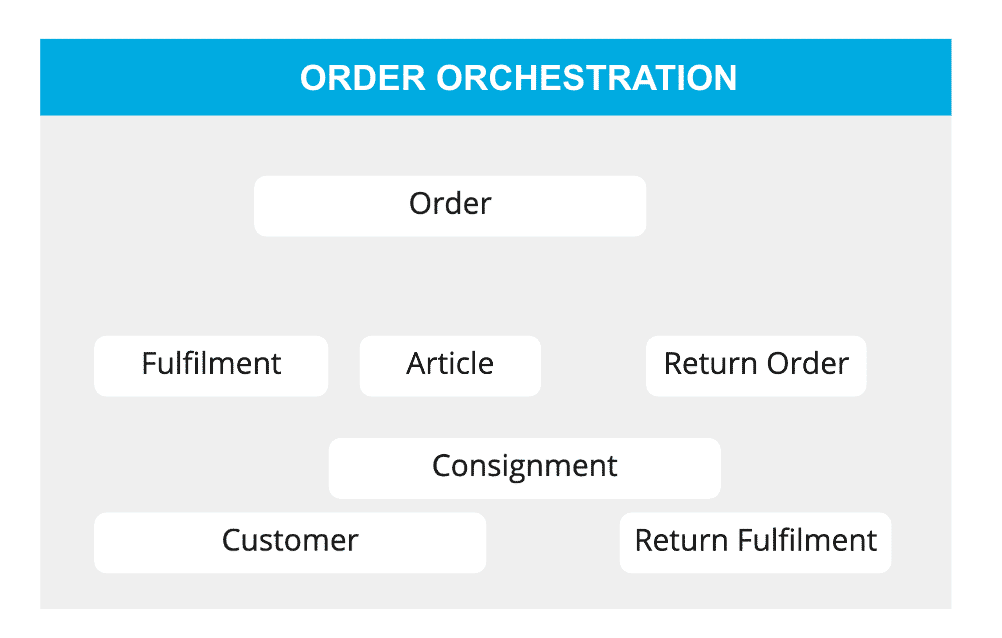
Order Orchestration represents and stores details about all orders across the Fluent platform.
On the Fluent Platform, an item represents a product plus (+) quantity, as well as pricing and other customisation information.
Entities that exist in this Domain include:
Billing Management
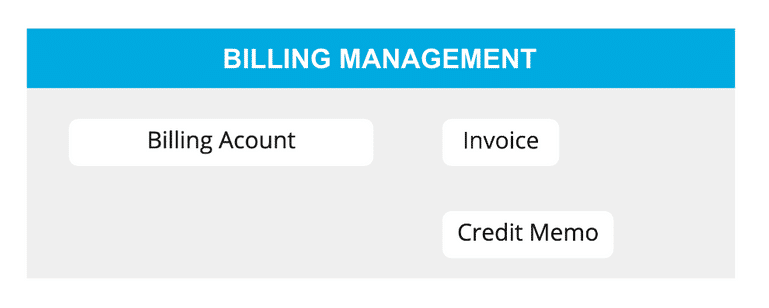
Billing Management Domain facilitates the management of all billing requirements across the Fluent platform.
Entities that exist in this domain include
Inventory
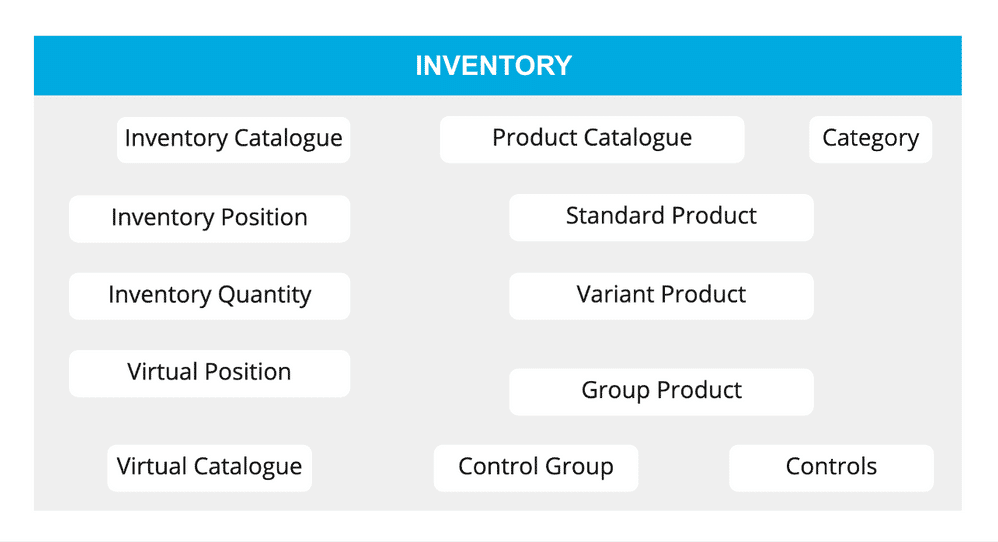
Inventory represents aggregations of product inventory across e-Commerce systems and the Fluent platform.
Entities that exist in this domain include
Products can be classified as:
3. Inventory Catalogue: Responsible for tracking the latest record (known as the on-hand quantity) of what products are in stock and at which locations. This Catalogue consists of inventory positions that can be aggregated from multiple sources to show the on-hand inventory of products, variants, and groups.
4. Inventory Position: Represents unique records that identify whether stock exists in a location for a specific stock-keeping unit.
5. Inventory Quantity: Represents the quantity of inventory of an available product, SKU, and/or variant. This quantity makes up an Inventory Position.
6. Virtual Catalog: A Virtual Catalog (VC) is a collection of subsets of intersections between a product catalog, an inventory catalog, and a set of location networks. It provides a view of the Inventory Catalogue, tailored to a specific purpose. These quantities may also be buffered (to avoid overpromising in case of in-store sales), and thus is known as "available to sell" or ATS.
7. Virtual Position: The Virtual Position entity represents different virtual catalogs and the stock available in each of the positions in each of the virtual catalogs. It maintains the ATS of a single product at a single location, or in some cases the aggregate quantity across a network of locations.
8. Controls: Controls are the individual Buffers & Exclusions which are used to calculate the ATS value presented to a customer.
9. Control Group: A Control Group is a collection of Buffers and Exclusions which are used to impact what the ATS value is that will be presented to customers depending on which products and stores their fulfillment request is coming from.
Foundation
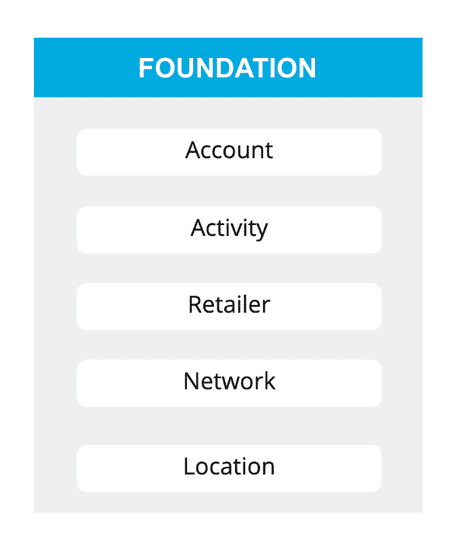
Foundation represents the setup and configurations needed in order to implement and build experiences using the Fluent Commerce app ecosystem.
Entities that exist in this Domain include:
*We will be learning more about the Foundation domain in the next lesson
Store
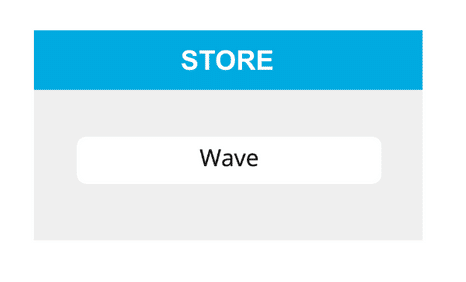
Store provides the foundation for retailers to manage all aspects of order fulfillment and the following entity:
Wave: A Wave is the process of grouping orders. The Wave entity holds information about the progress of created waves such as completed and started. It is also used to manage the batch pick and pack, and ship processes across a group of fulfilments assigned to a single location. Different types of waves can follow different processes, allowing clients to tailor the store fulfilment process across different types of locations (e.g. boutique vs department store).
Security
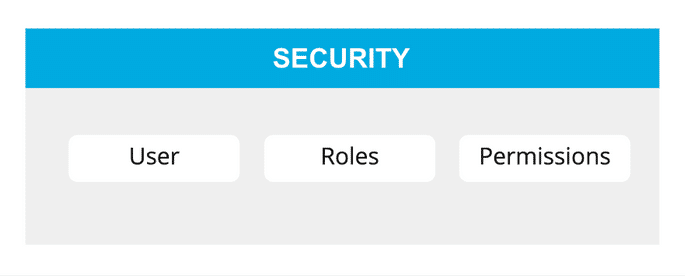
Security represents the users, roles, and permissions that are applicable across the Fluent platform.
Entities that exist in this Domain include:
Shipping
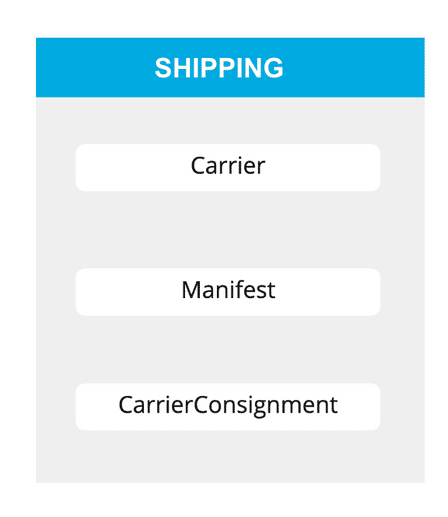
Shipping holds and records shipping details about an order. These details include the chosen carrier and consignment for each article associated with an order.
Entities that exist in this Domain include:
Payments
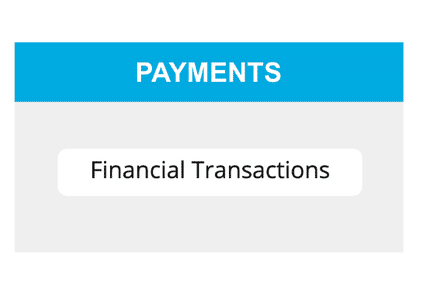
Payments holds payments details specific to a payment provider and all of Fluent's interactions with that specifically identified payment provider and has the following entity:
Financial Transactions: This entity holds the details of the payment. The Financial Transactions entity holds all financial activities that are recorded across the Fluent platform. This is usually a "pre-authorization" token for a specific payment gateway that can be "captured" at a later stage, e.g. after fulfilment. The fluent platform does not handle credit card information.
Availability
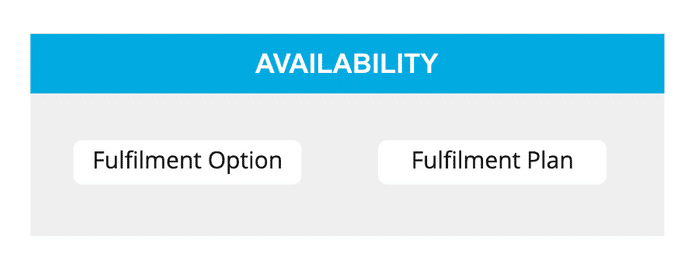
Availability provides a range of Availability information for different products. This information is provided by considering custom attributes defined in a business workflow.
Entities that exist in this Domain include:
Learn more by reading the complete entity-relationship diagram.
Copyright © 2025 Fluent Retail Pty Ltd (trading as Fluent Commerce). All rights reserved. No materials on this docs.fluentcommerce.com site may be used in any way and/or for any purpose without prior written authorisation from Fluent Commerce. Current customers and partners shall use these materials strictly in accordance with the terms and conditions of their written agreements with Fluent Commerce or its affiliates.